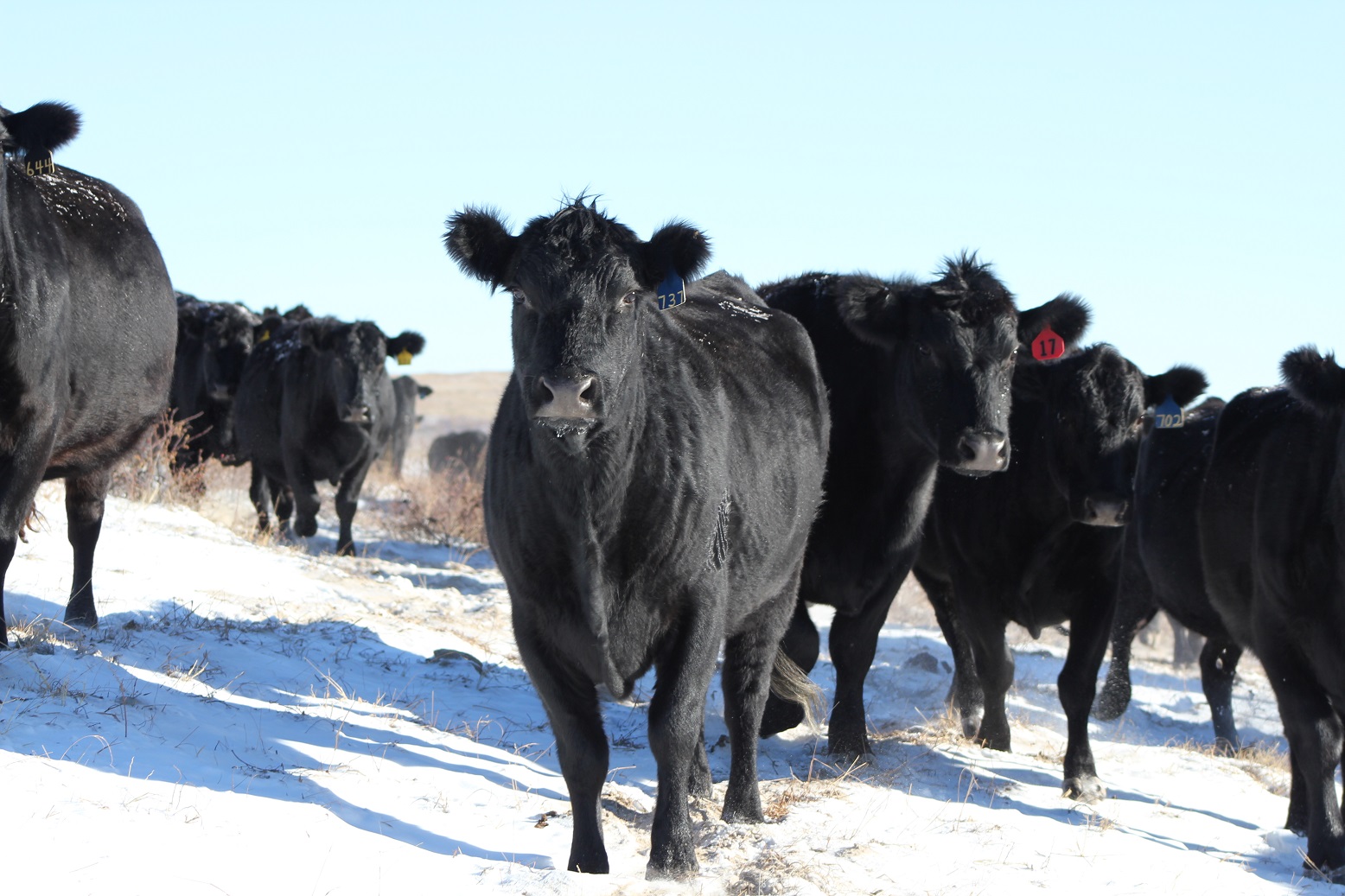Karla H. Wilke, UNL Cow/Calf Systems and Stocker Management

The 2020 drought across the Great Plains has made hay scarce for many producers. Additionally, the pandemic has affected oil prices which in turn has impacted ethanol production and subsequently reduced the supply of distillers grains, a supplementation staple for many beef producers in the region. This tight feed supply may have resulted in pregnant cows entering the calving season with little to no extra body condition reserves.
Cows will enter peak lactation, the highest nutrient requirement time in their production cycle, 8 weeks after calving. Shortly after this, cows will need to rebreed to stay on a 365-day calving interval. Most early spring calving cows are not yet grazing green grass at peak lactation making it necessary to meet their nutrient demands with harvested forages and supplementation.
Sometimes producers make the mistake of assuming that increasing the protein supplementation previously fed during gestation will meet the needs of the now lactating cow.
If a 1300 pound lactating cow is fed 30 pounds (as is basis) of medium quality hay (52% TDN) and provided a protein lick tub with limited consumption of 1 pound (as is ) per day, then this cow will fall short of both protein and energy required for lactation. Feeding 30 pounds (as is basis) of that same hay with 5 pounds (as is) of a 30% protein cube would meet the protein requirement, but fall just short of the energy requirement. This will likely result in some loss of body condition prior to turning out on green grass. For a cow in a body condition score (BCS) 6 (1-9 scale), this will likely not have a major impact on her ability to rebreed within 83 days of calving. It can be detrimental for a cow in a BCS 4.
Producers will want to keep an especially watchful eye on the BCS of first calf heifers as they have a smaller rumen than a mature cow, and therefore cannot eat as much and likely will need a more nutrient dense diet. Additionally, they have a requirement for growth on top of lactation, which can make rebreeding a challenge. Having heifers in a BCS 6 at calving can help alleviate some of the challenges associated with lactation.
Because feed resources have likely been tight this winter, now is a good time to assess BCS of the cows and send feed samples to a commercial laboratory for nutrient analysis. This will help producers be better prepared to feed a diet during calving that will prevent BCS loss in cows that may not have excess BCS to give this year. Local University of Nebraska Extension Beef personnel are available to help producers develop calving rations to limit BCS loss prior to the 2021 breeding season.
For more information on the nutrient needs of gestating and lactating cows, see NebGuide G2268. For assistance with determining BCS of cows, see EC281.
Interviews with the authors of BeefWatch newsletter articles become available throughout the month of publication and are accessible at https://go.unl.edu/podcast.
University of Nebraska-Lincoln
